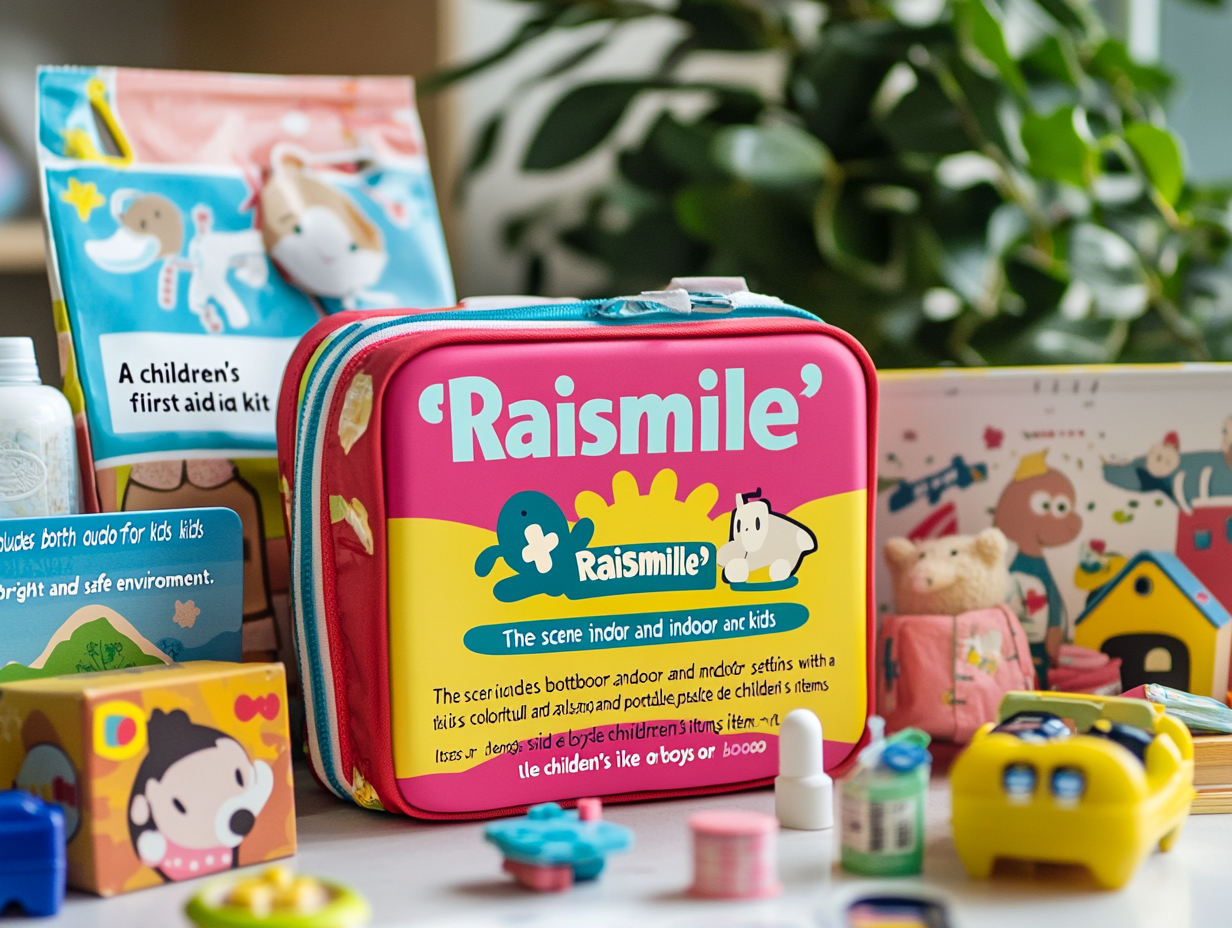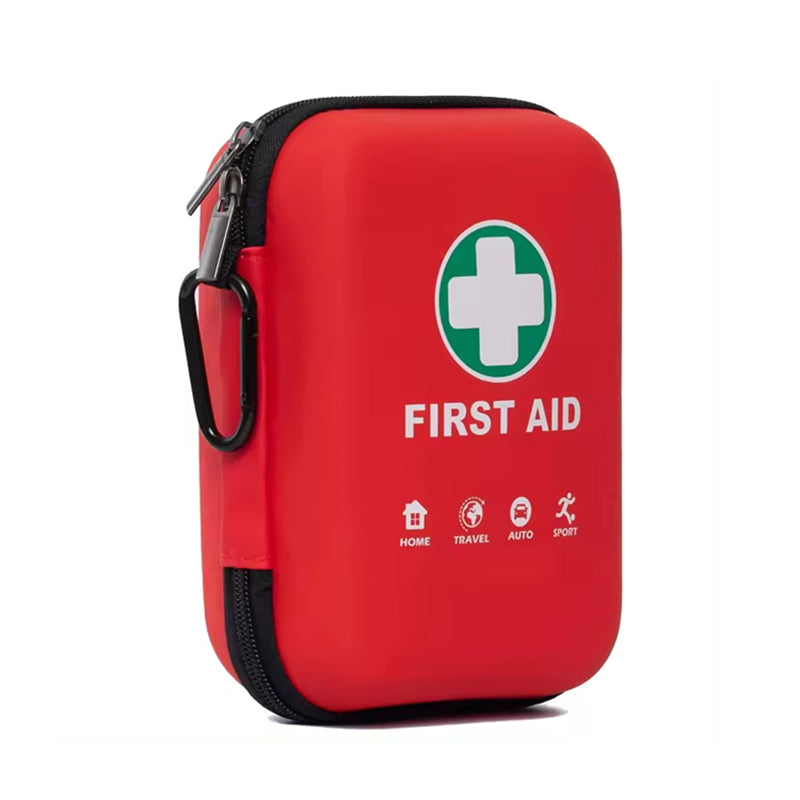Children’s First Aid Kit: A Must-Have for Safety

A child's growth is full of exploration and joy, but accidents can happen unexpectedly. As parents, teachers, or childcare staff, we all strive to provide a safe environment for children. However, no matter how cautious we are, unforeseen situations can still arise.
This is why every home, school, and daycare center should have a children’s first aid kit—it serves as the first line of defense in ensuring child safety.
Health and Safety Risks Children Face
Children are naturally active and curious about the world, which makes them more susceptible to various injuries.
At home, they may fall while playing or get burned by hot water. In schools and daycare centers, group activities often lead to collisions and scrapes.
While these minor injuries may seem insignificant, improper or delayed treatment can lead to infections or more severe complications. A children’s first aid kit acts as a reliable guardian, providing prompt assistance when needed.
Common Childhood Injuries and How to Handle Them
Falls
Falls are one of the most common childhood accidents, often resulting in scrapes, bruises, or even fractures. Cleaning and disinfecting wounds promptly can help prevent infections.
Burns
Burns frequently occur when children accidentally touch hot water, soup, or heated appliances. For minor burns, immediate rinsing under cool running water followed by applying burn ointment can effectively reduce damage.
Cuts
Sharp objects can cause cuts, and if left untreated, even small wounds can become infected. Quick bleeding control, disinfection, and proper dressing promote healing and reduce infection risks.
Essential Functions of a Children’s First Aid Kit
1. Rapid Bleeding Control
A first aid kit includes band-aids, sterile gauze, and other supplies to quickly stop bleeding and minimize blood loss when a child gets injured.
2. Disinfection and Sterilization
Antiseptic swabs, alcohol pads, and similar disinfectants help eliminate bacteria around wounds, reducing infection risks.
3. Wound Treatment
Tweezers, bandages, and other tools allow for proper wound dressing, preventing secondary injuries and aiding faster recovery.
4. Medication Management
Some first aid kits also include commonly used medications, such as fever reducers and pain relievers, to provide initial care when a child feels unwell.
Real-Life Case from a Parent
Mrs. Li’s child accidentally fell from a chair while playing at home, scraping their knee and bleeding.
Facing the sudden incident, she quickly took out the children’s first aid kit, disinfected the wound with antiseptic swabs, and applied a band-aid. Thanks to the timely treatment, the wound stopped bleeding quickly and did not become infected.
“If I didn’t have the first aid kit, I wouldn’t have known what to do!” Mrs. Li shared. She realized that being prepared with first aid supplies can help handle emergencies promptly and prevent bigger risks.
Make a Children’s First Aid Kit an Essential Household Item
A children’s first aid kit is a crucial part of home safety. In emergencies, it provides timely and effective treatment, giving parents, teachers, and childcare staff confidence in handling unexpected situations.
Don’t wait until an accident happens to regret being unprepared—take action now! Equip your home, school, and daycare with a professional children’s first aid kit. Build a solid safety shield for children and accompany them as they grow up happy and healthy.
Choosing a children’s first aid kit means investing in their safety and ensuring their bright future!
